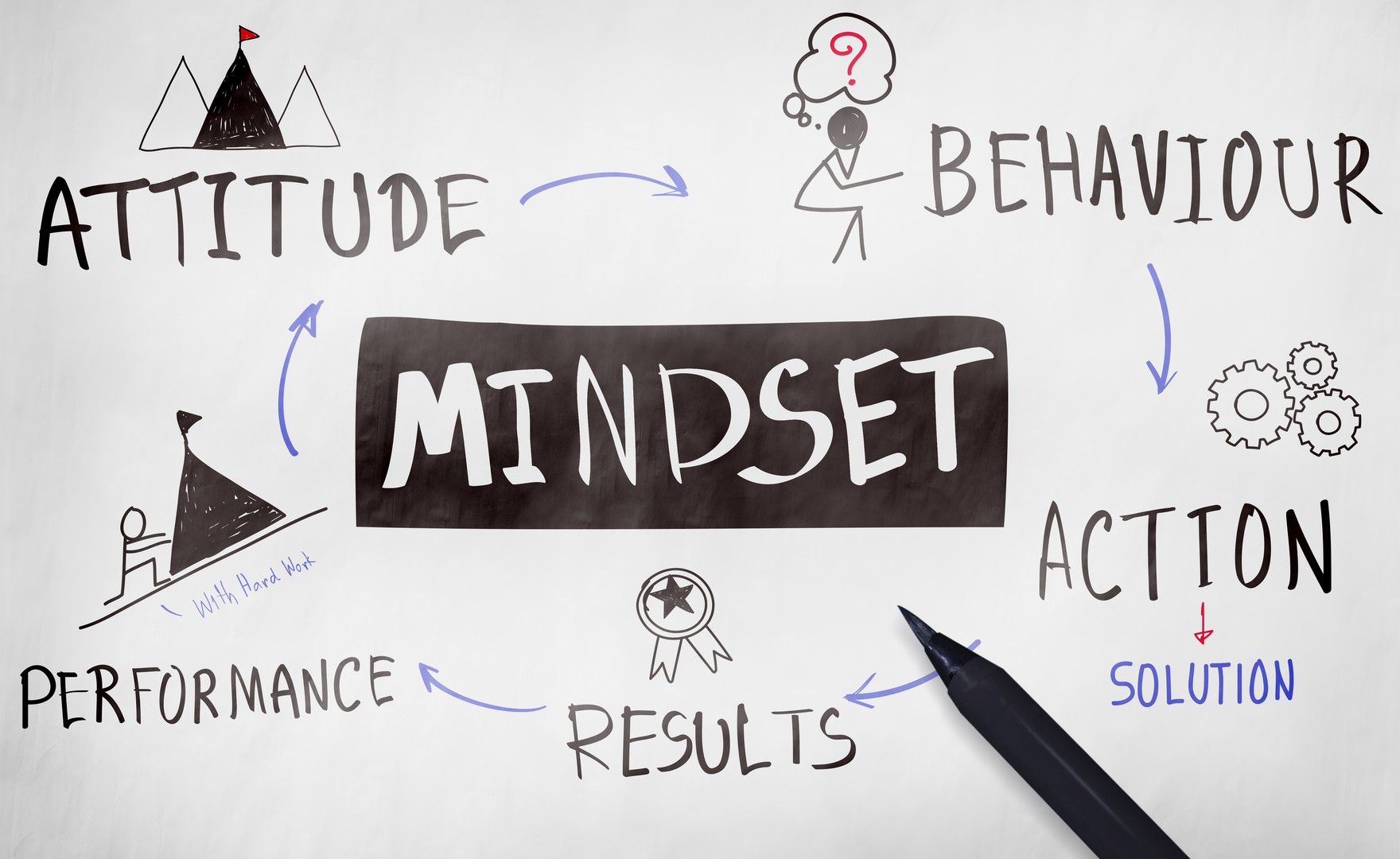It’s commonly applied in education, sports, leadership programs, and mental health settings. Research from Nature Reviews Neuroscience (Dweck & Yeager, 2019) has shown that, when structured well, such interventions affect behaviour, academic outcomes, and emotional control.
Why Do People Need Mindset Training in Today’s World?
Mindset training is being sought more than ever due to the pace of change, constant pressure, and rising uncertainty. Mental resilience is required beyond just technical skills. With disruptions and decisions becoming more frequent—from economic shifts to personal changes—individuals are being tested daily.
In 2023, 44% of global workers were reported to feel daily stress, according to Gallup. Long-term stress linked to inflation, workloads, and uncertainty was reported by 70% of adults, based on data from the American Psychological Association.
Mindset training helps regulate emotional responses, maintain focus, and reduce impulsive or stress-driven decisions. The capacity to manage change without shutting down emotionally is steadily strengthened. In professional settings, collaboration, decision-making, and accountability are being improved. In schools, persistence and critical thinking are being supported. At home, anxiety, parenting difficulties, and relationship tension are being managed with greater stability.
Why Does Mindset Training Matter?
Mindset training is viewed as important because outcomes are shaped by how problems and goals are approached. A fixed mindset is marked by the belief that traits like intelligence and ability are unchangeable. In contrast, a growth mindset is linked to the belief that these traits can be developed.
Persistence after failure was observed more often in students with a growth mindset, as shown in studies by Dr. Carol Dweck at Stanford University. Over time, this led to higher academic achievement.
In professional settings, a survey published by Harvard Business Review involving 600 employees revealed that 47% more trust in the company was reported by those working in growth-oriented environments, along with a 34% higher likelihood of feeling strong ownership of their roles.
This view isn’t driven by motivation alone — it’s backed by neuroscience. The effectiveness of mindset training has been linked to neuroplasticity, where the brain forms new connections through repeated experience.
Benefits of Mindset Training
Mindset training makes you more emotionally stable, better at learning, more focused, and better at working under pressure. It helps people and teams deal with problems clearly and consistently instead of avoiding them or burning out.
Here are some important benefits that research has shown:
- More ability to bounce back: A 2021 study in Frontiers in Psychology found that training people to change their mindset made them more mentally tough and less stressed, both for athletes and professionals.
- Better learning outcomes: Students who learned how to have a growth mindset did 20–30% better on problem-solving tasks (Yeager et al., 2019).
- Better control of emotions: A 2020 study found that people who did mindset and CBT-based training had 28% less emotional reactivity in six weeks.
- More job satisfaction: According to Deloitte in 2022, teams that learned adaptive thinking and self-awareness felt more engaged. They were also less likely to leave their jobs.
These benefits aren’t just for one area. They apply to education, health care, business teams, and personal goals. It’s important to keep using what you’ve learned, not just learn the theory.
What Are the Main Types of Mindsets?
The fixed mindset and the growth mindset are the most studied types, though additional ones are recognized based on context.
Fixed Mindset: Qualities such as talent or intelligence are considered static. Challenges are avoided, and giving up occurs easily.
Growth Mindset: Abilities are viewed as developable through effort. Challenges are welcomed, and lessons are learned from criticism.
Abundance Mindset: Focus is placed on possibilities and shared success rather than on fear of missing out or scarcity.
Positive Mindset: Attention is centered on constructive thoughts and possibilities without reality being ignored.
Resilient Mindset: Individuals are prepared to recover from setbacks with mental toughness.
Learning behavior, emotional responses, and long-term motivation are affected differently by each mindset. For example, in sports and military training programs, emphasis is placed on a resilient mindset to improve psychological recovery after setbacks or losses.
How Does Mindset Training Work?
Repeated practice of cognitive strategies is used in mindset training to change how daily experiences are thought about, interpreted, and responded to. The strategies include:
- Self-reflection and journaling
Fixed thoughts are identified and replaced with more flexible responses.
- Cognitive reframing
In cognitive-behavioral therapy (CBT), failures or obstacles are reframed as learning moments instead of threats.
- Visualization and goal mapping
Used in sports psychology to reinforce focus and emotional regulation.
- Micro-habit building
Instead of radical changes, training starts with small, consistent habits that create longer-term identity shifts. James Clear’s Atomic Habits covers this in detail.
- Feedback acceptance training
Participants learn to see feedback as constructive input rather than personal criticism.
These practices are not instant fixes. According to a Psychological Science study (Blackwell, Trzesniewski, Dweck, 2007), consistent reinforcement over 6 to 12 weeks showed measurable improvement in academic achievement and emotional coping in teens.
Who Needs Mindset Training?
Benefit from mindset training can be gained by anyone experiencing performance pressure, emotional stress, or challenges in personal growth. Included among these are:
- Exams or new skills being prepared for by students
- Competition goals being pursued by athletes
- Business uncertainty is being navigated by entrepreneurs
- High-stakes decisions are being made by employees
- Recovery, burnout, or life transitions are being endured by individuals
The Journal of Applied Psychology reported a 25% increase in employee engagement scores among teams managed by individuals who had completed mindset training. Higher problem-solving rates were also observed in those teams. In healthcare settings, reduced burnout levels were connected to resilience and mindset-based workshops attended by nurses and clinicians (Magtibay et al., 2017).
How Long Does It Take to See Results?
Mindset shifts are often noticed within 4 to 8 weeks. Sustained change is usually seen by weeks 10 to 12. The pace depends on how actively the material is practiced, reflected on, and applied.
A meta-analysis published in Educational Psychologist reported a 35% higher effectiveness for programs using tools like journaling or peer discussion, compared to lecture-based formats. Apps such as Moodnotes or Headspace provide help by having habits reinforced through daily prompts. Better results occur when mindset training is integrated into daily routines rather than kept separate. Mental patterns are strengthened by repeated effort, similar to how consistent workouts train the body.
Final Thoughts on Mindset Training
Problems aren’t ignored through mindset training—they’re approached differently. Emotional control, stronger decisions, and resilient habits are built through consistent practice. Its foundations come from neuroscience, psychology, and observable results.
It isn’t instant. Progress is shaped by repetition and structure. Whether the goal is better focus, stronger leadership, or moving past fear, mindset training shifts baseline behavior where it counts: in real outcomes.



































